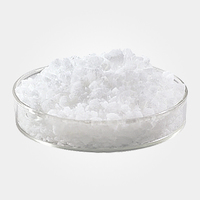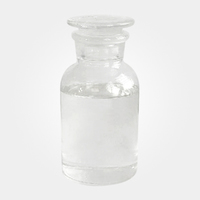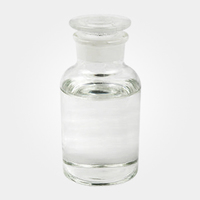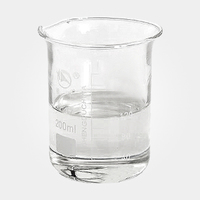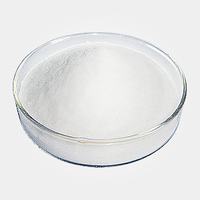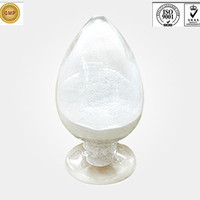Ethacridine lactate monohydrate
Product Quick Detail
- 10kg
- 1
- Place Of Origin
- China
- Packaging
- N/A
- Delivery
- 3-7 Days
Specifications
Lidocaine
Quick Details:
Lidocaine
Alias: Xylocaine, lignocaine
CAS Registry Number: 137-58-6
Assay: 99%
Appearance: White crystalline powder
Packing: 25kg/drum
EINECS: 205-302-8
Molecular Formula: C14H22N2O
Molecular weight: 234.34 CAS Registry Number:
Usage: Topically used to relieve itching, burning and pain from skin inflammations, injected as a dental anesthetic, or as a local anesthetic for minor surgery.
Product Description:
Lidocaine, xylocaine, or lignocaine is a common local anesthetic and class-1b antiarrhythmic drug. Lidocaine is used topically to relieve itching, burning, and pain from skin inflammations,
injected as a dental anesthetic, or as a local anesthetic for minor surgery. It is on the World Health Organization's List of Essential Medicines, a list of the most important medications needed
in a basic healthcare system.
Lidocaine is the most important class-1b antiarrhythmic drug; It is used intravenously for the treatment of ventricular arrhythmias (for acute myocardial infarction, digoxin poisoning,
cardioversion, or cardiac catheterization) if amiodarone is not available or contraindicated. Lidocaine should be given for this indication after defibrillation, CPR, and vasopressors have been
initiated. A routine prophylactic administration is no longer recommended for acute cardiac infarction; The overall benefit of this measure is not convincing.
Applications:
The efficacy profile of lidocaine as a local anesthetic is characterized by a rapid onset of action and intermediate duration of efficacy. Therefore, lidocaine is suitable for infiltration,
block, and surface anesthesia. Longer-acting substances such as bupivacaine are sometimes given preference for subdural and epidural anesthesias; Lidocaine, though, has the advantage of a rapid
onset of action.
Epinephrine vasoconstricts arteries, reducing bleeding and also delays the resorption of lidocaine, almost doubling the duration of anaesthesia. For surface anesthesia, several available
formulations can be used e. G. For endoscopies, before intubations, etc. Buffering the pH of lidocaine makes local freezing less painful. [2] Lidocaine drops can be used on the eyes for short
ophthalmic procedures.
Relative insensitivity to lidocaine is genetic. In hypokalemic sensory overstimulation, relative insensitivity to lidocaine has been described in people who also have attention deficit
hyperactivity disorder. In dental anesthesia, a relative insensitivity to lidocaine can occur for anatomical reasons due to unexpected positions of nerves. Some people with Ehlers-Danlos syndrome
are insensitive to lidocaine.
- Country: China (Mainland)
- Business Type:
- Market:Americas
- Founded Year:2001
- Address:
- Contact:Cassie Field
Other products from Hubei YC Sihung Technology
Relate products of Ethacridine lactate monohydrate
Ethacridine lactate monohydrate
Ethacridine lactate monohydrate CAS: 6402-23-9 MF: C15H15N3O.C3H6O3.H2O MW: 361.4 EINECS: 217-408-1 Purity: 99% Usage: API Package: 1KG foil bag; 25Kg drum Price: us$250 ...
Ethacridine lactate monohydrate
Ethacridine lactate monohydrate CAS: 6402-23-9 MF: C15H15N3O.C3H6O3.H2O MW: 361.4 EINECS: 217-408-1 Purity: 99% Usage: API Package: 1KG foil bag; 25Kg drum Price: ...

